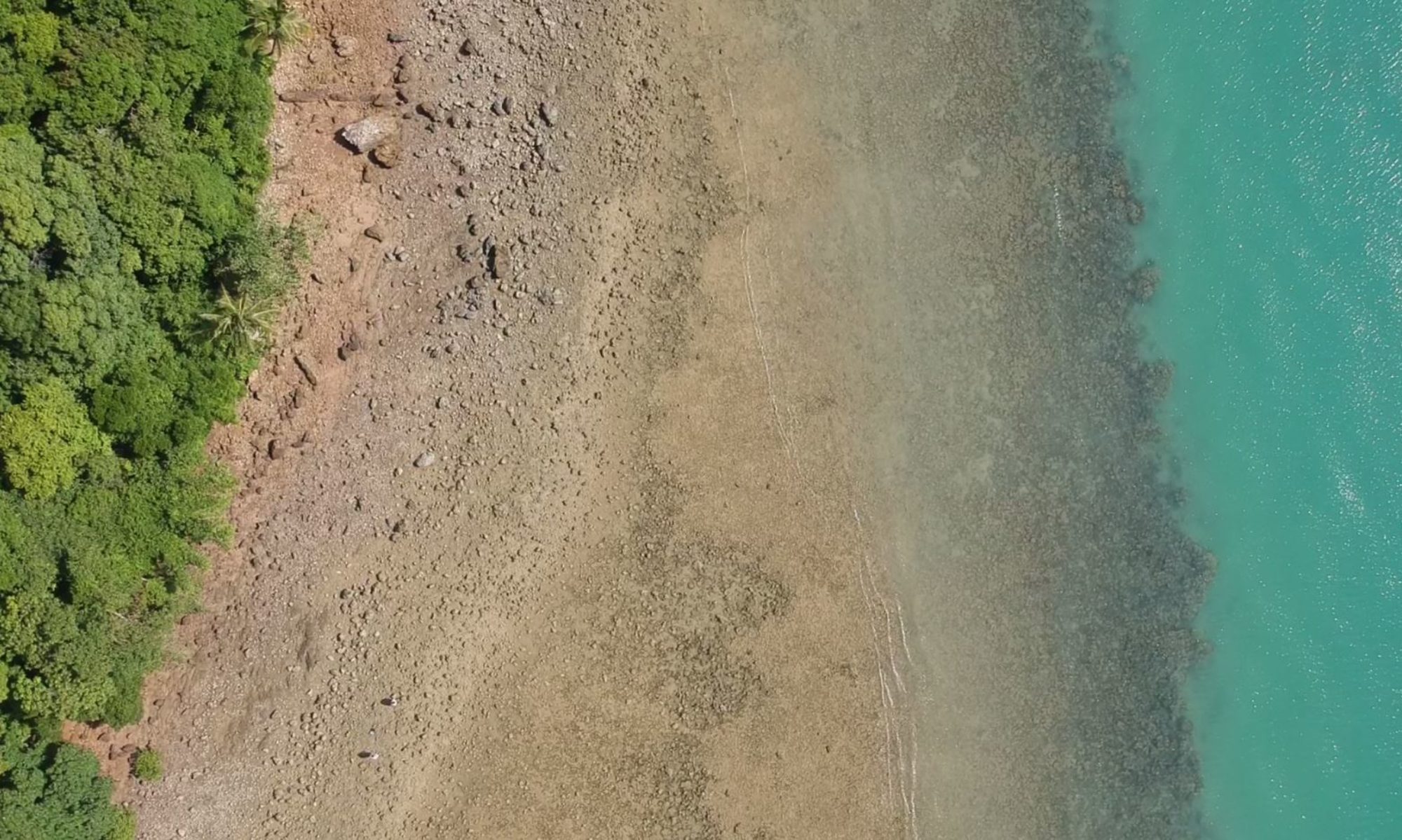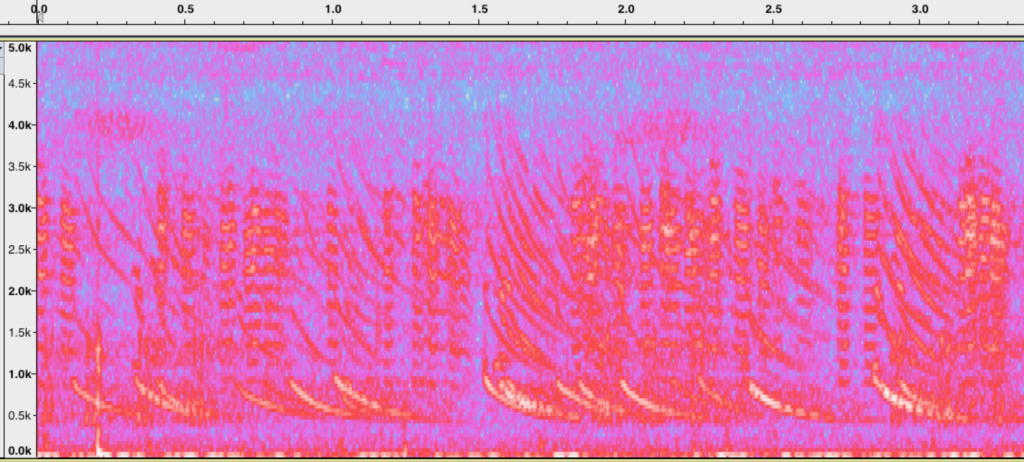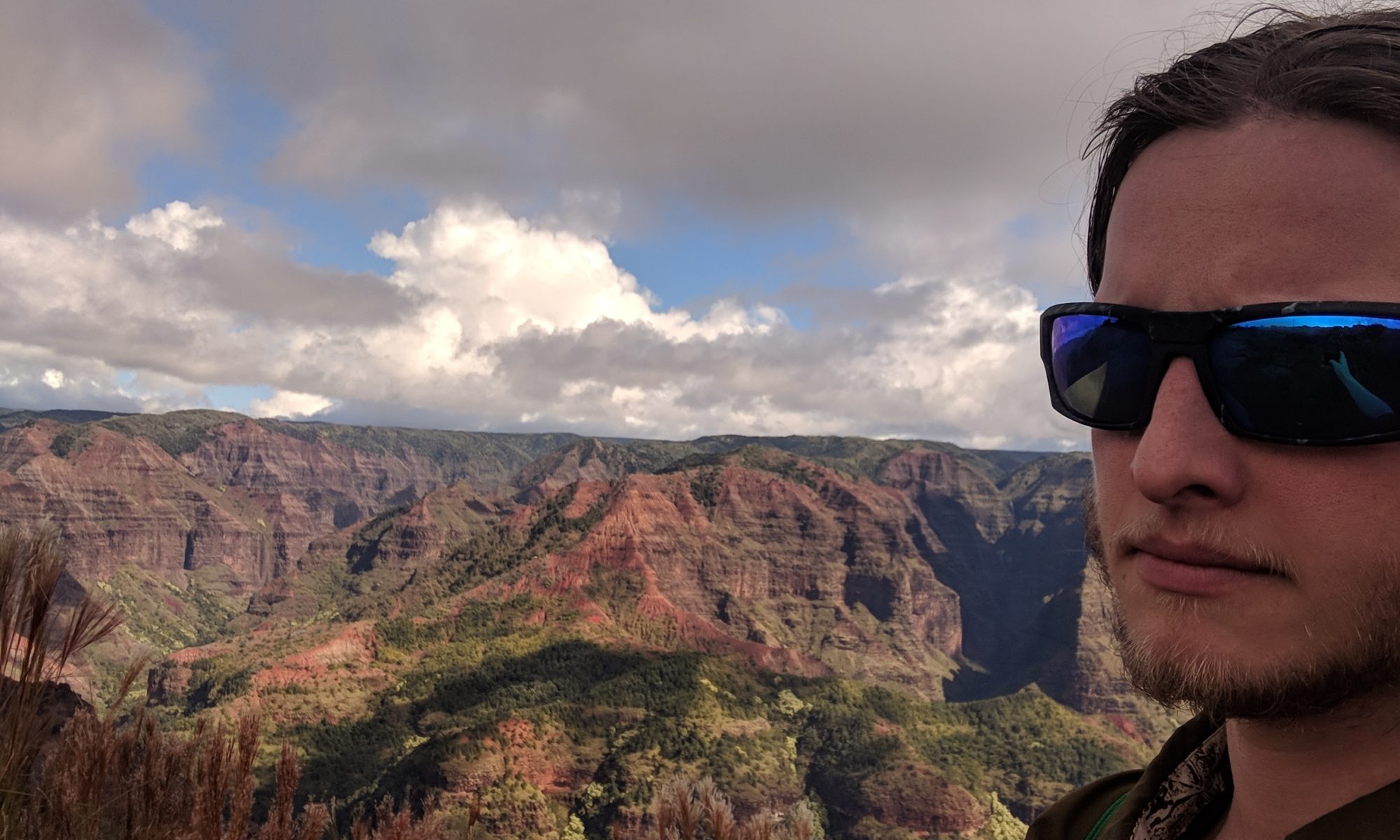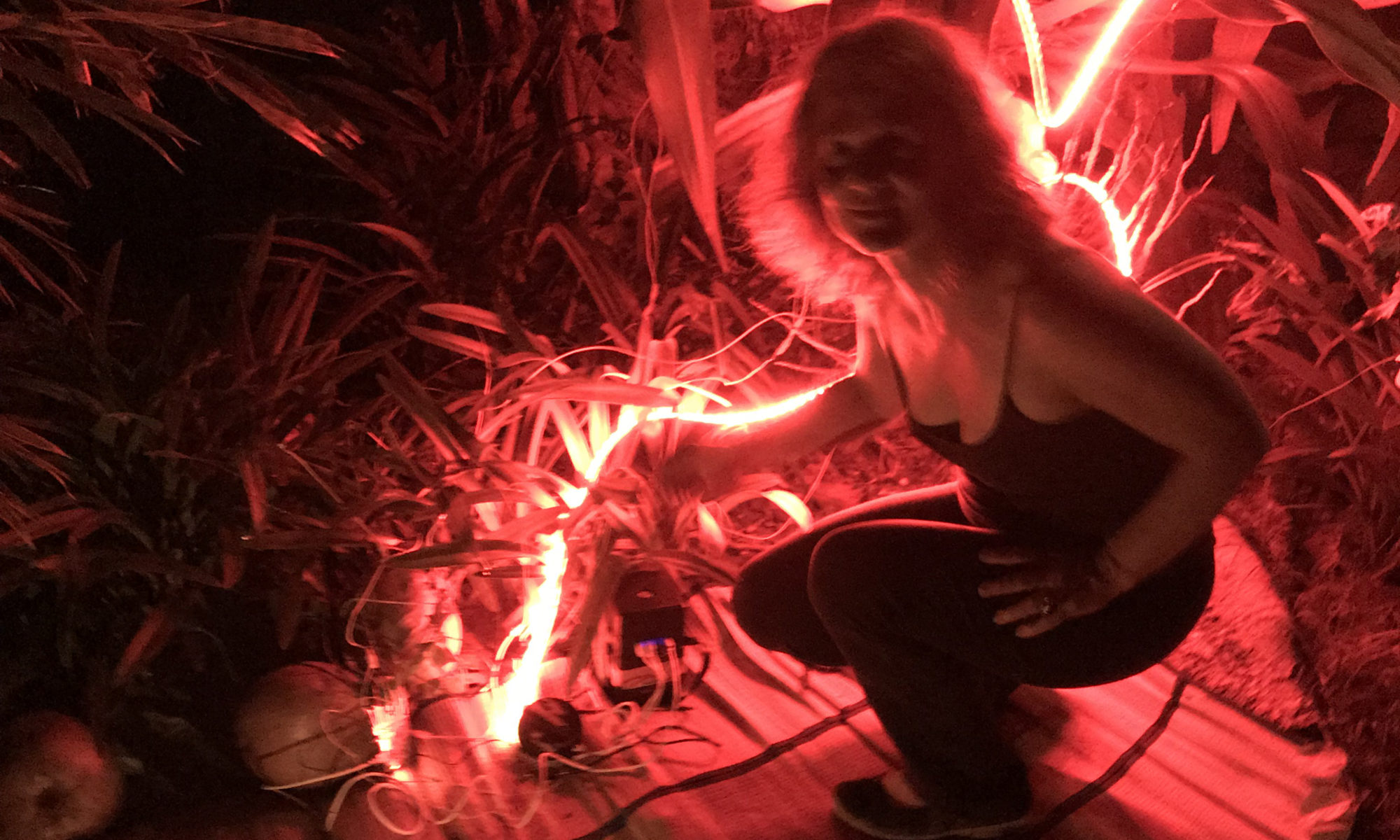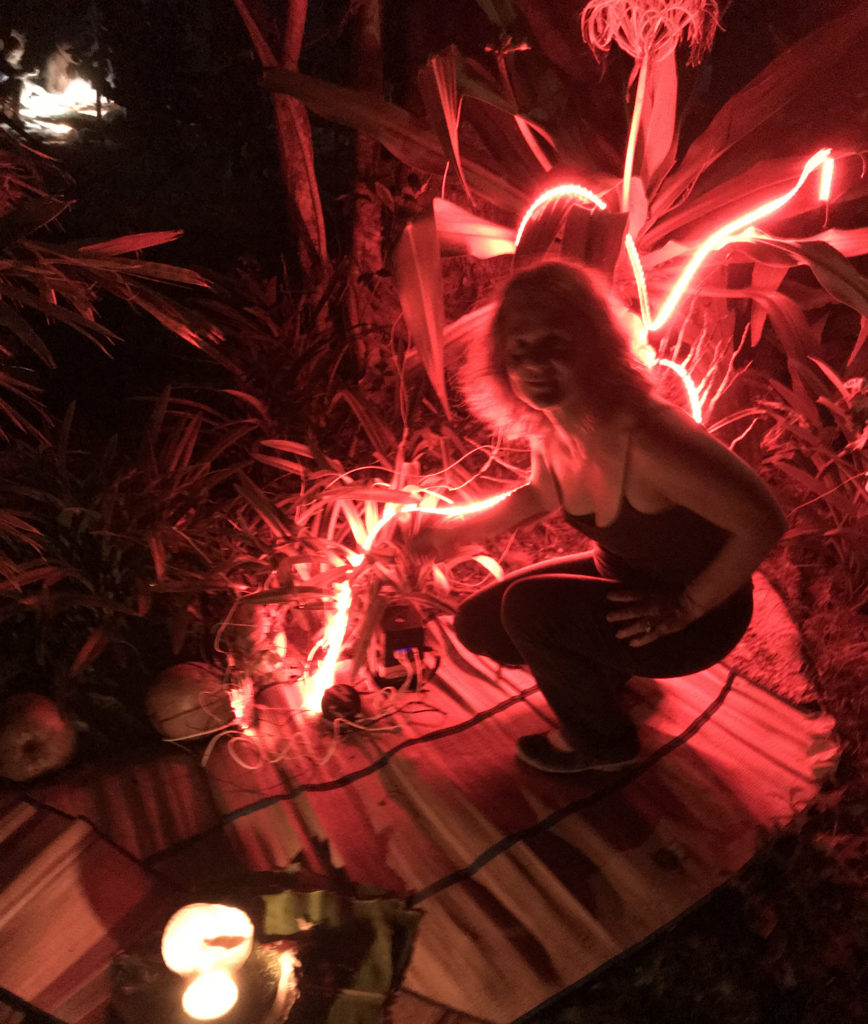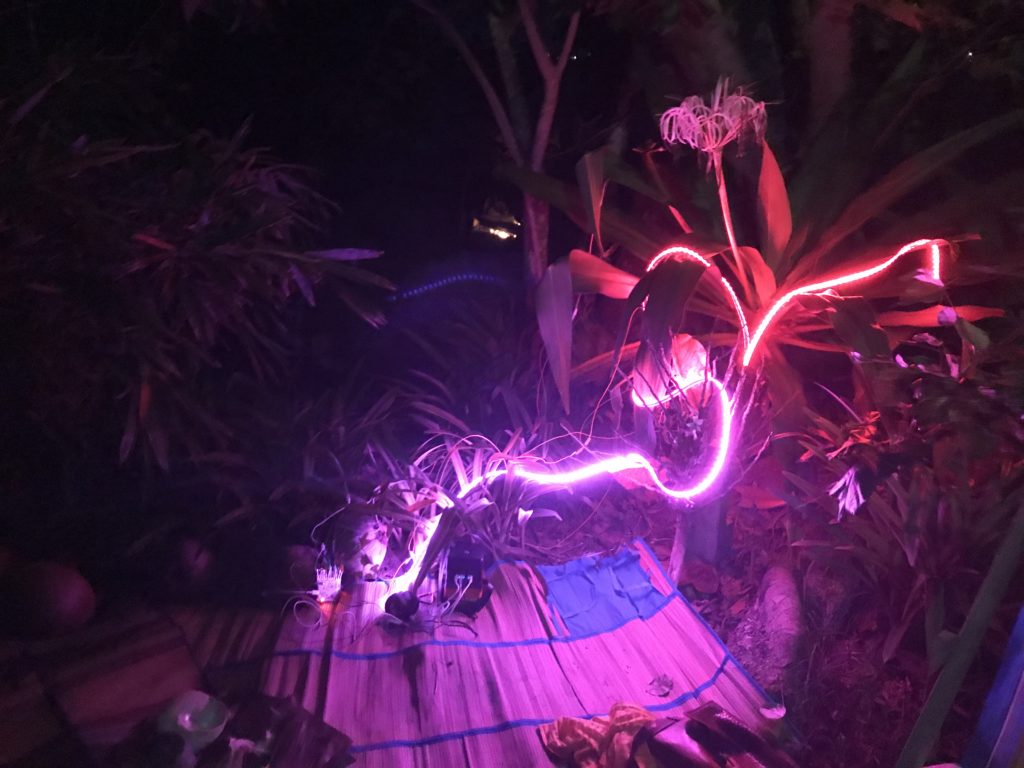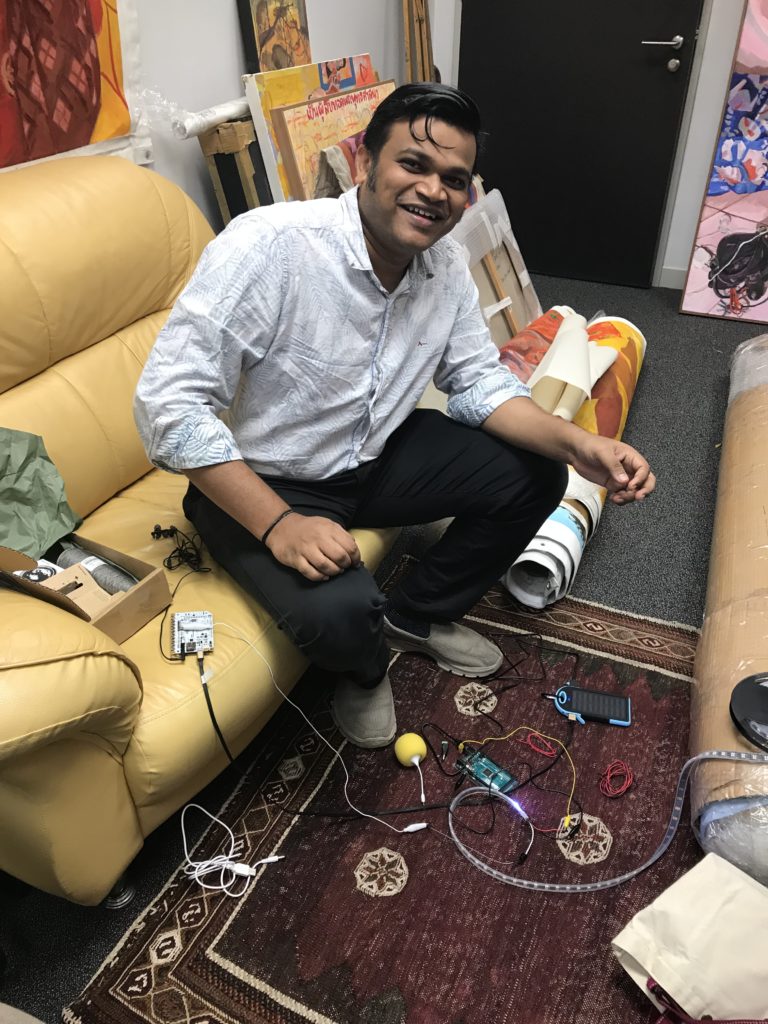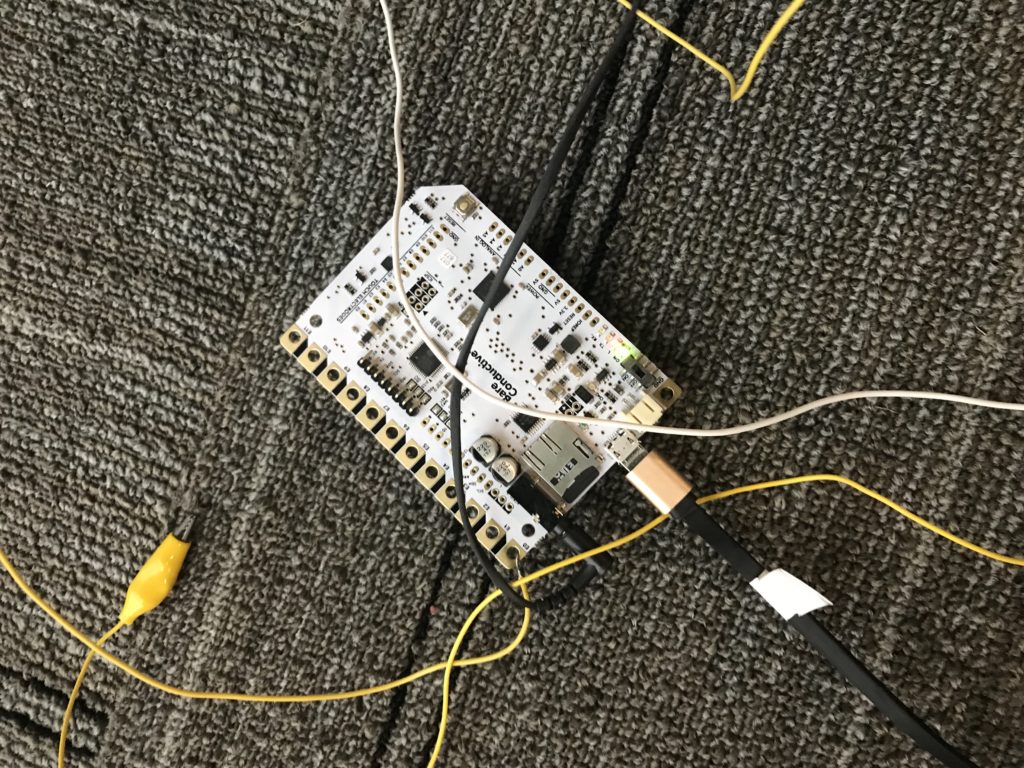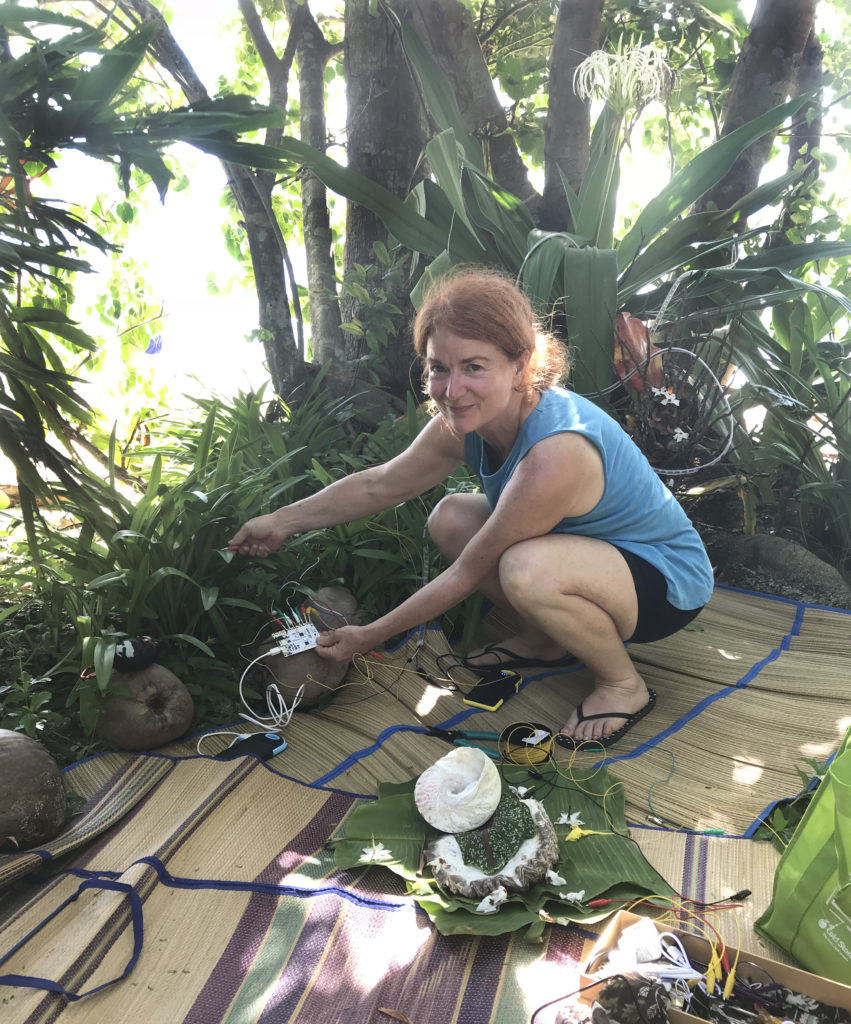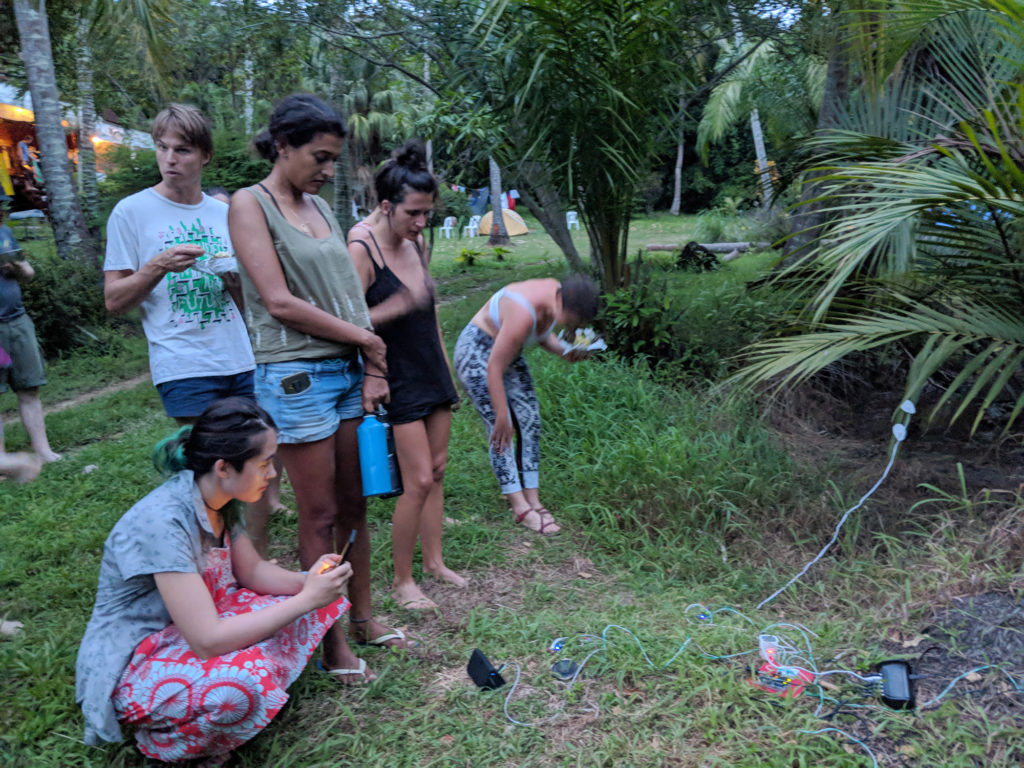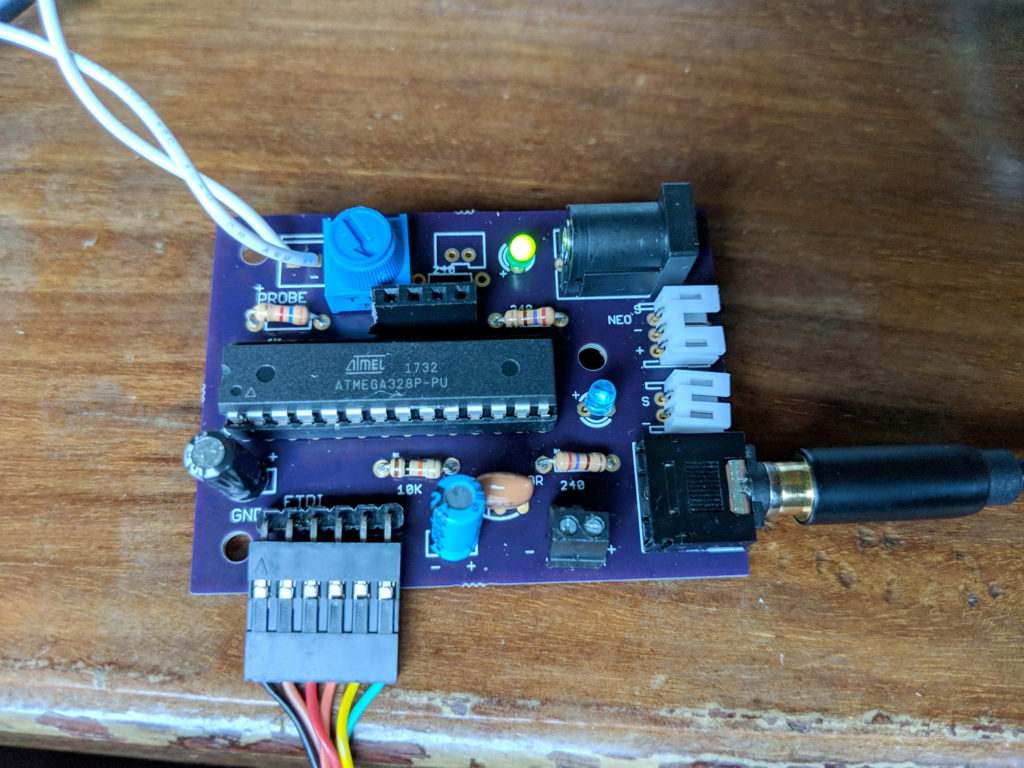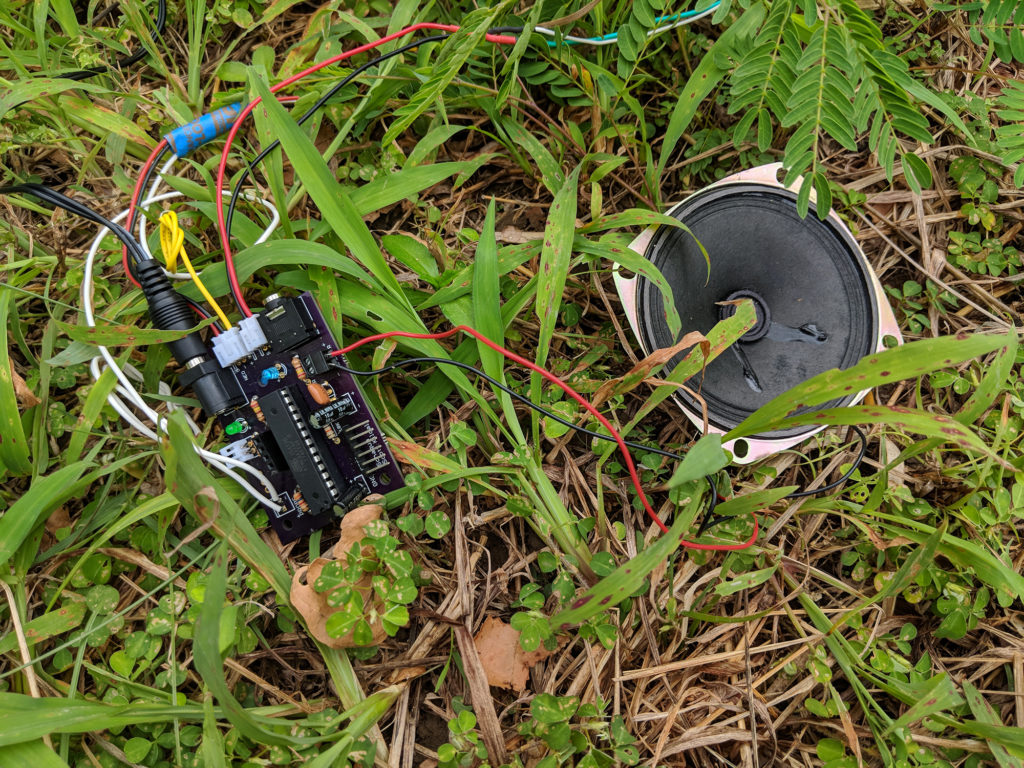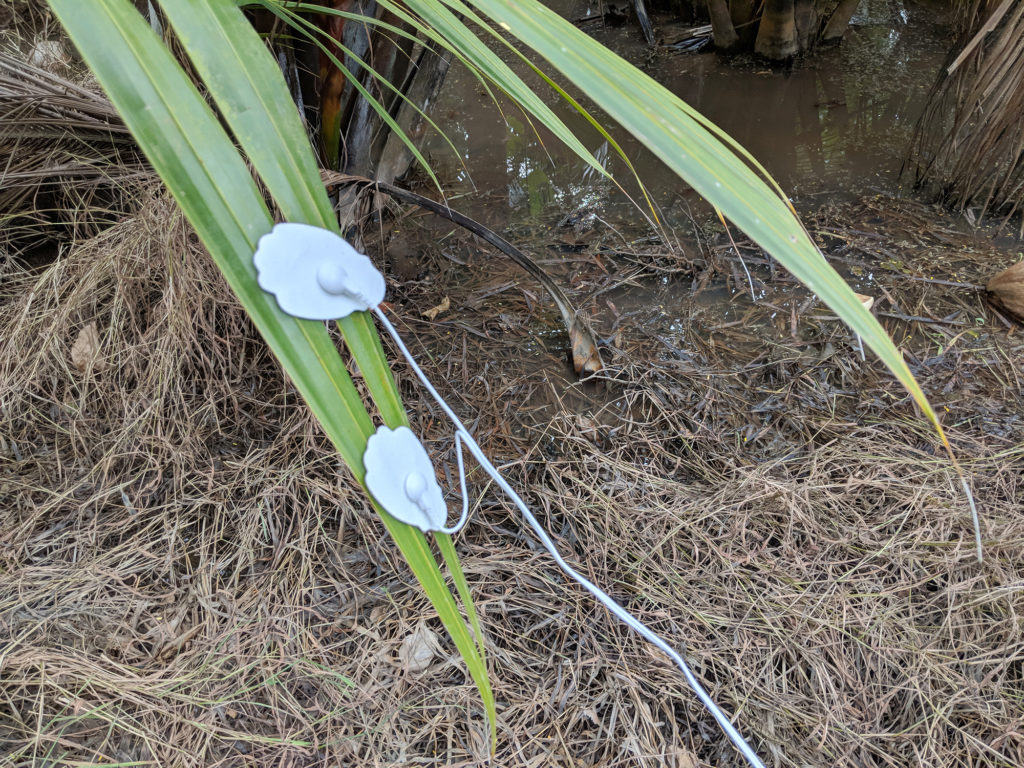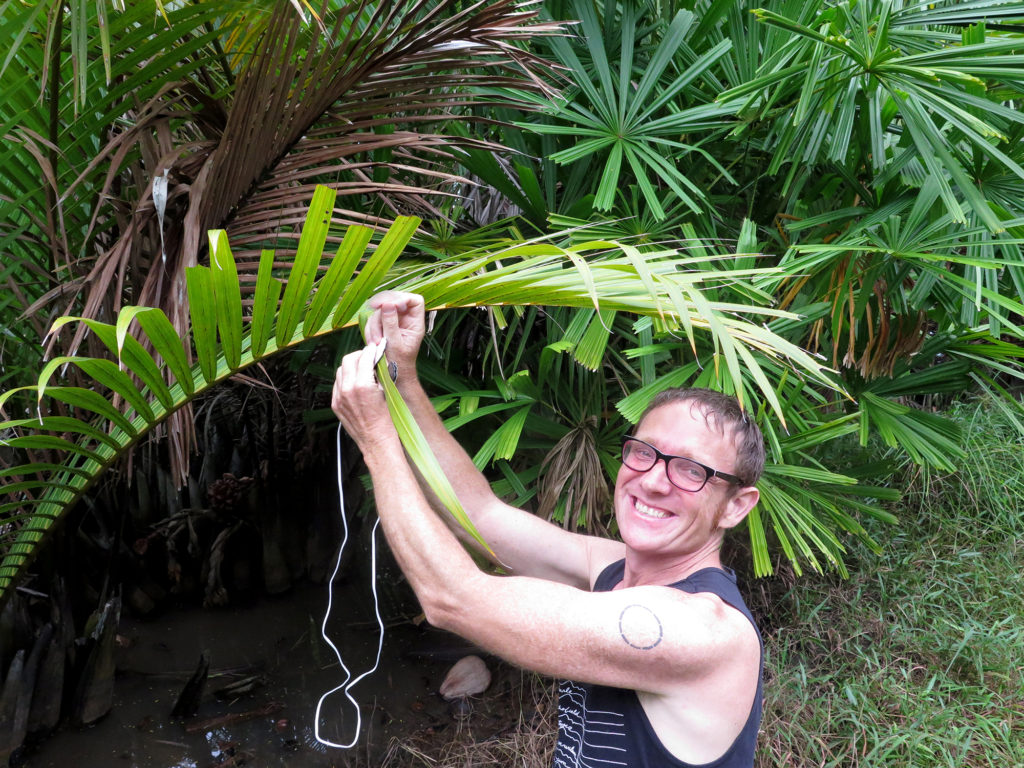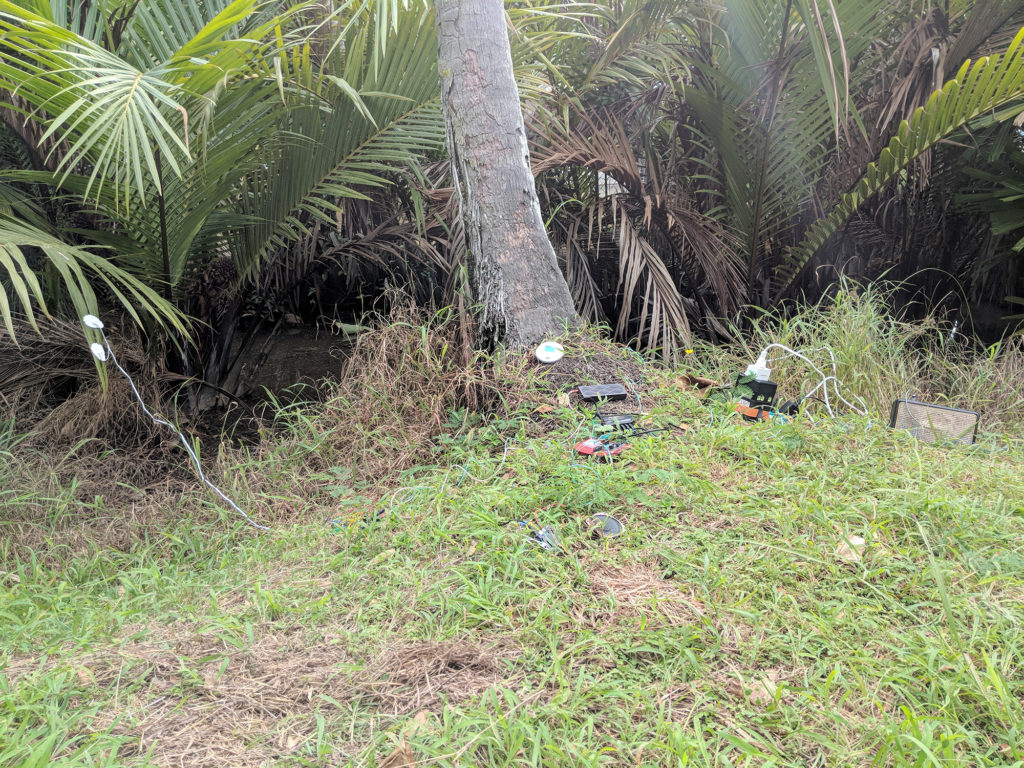Before the sun had even set on my first day in Gamboa I had already heard excited chattering about the sound of the “Laser Frogs”. Once it got dark there was a seemingly ubiquitous chorus of these laser sounds, an asynchronous melange of descending glissandi. One might mistake this biophony for a retro video-game arcade, but it is in fact the revelry of an amphibious Bacchanalia.
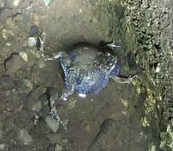
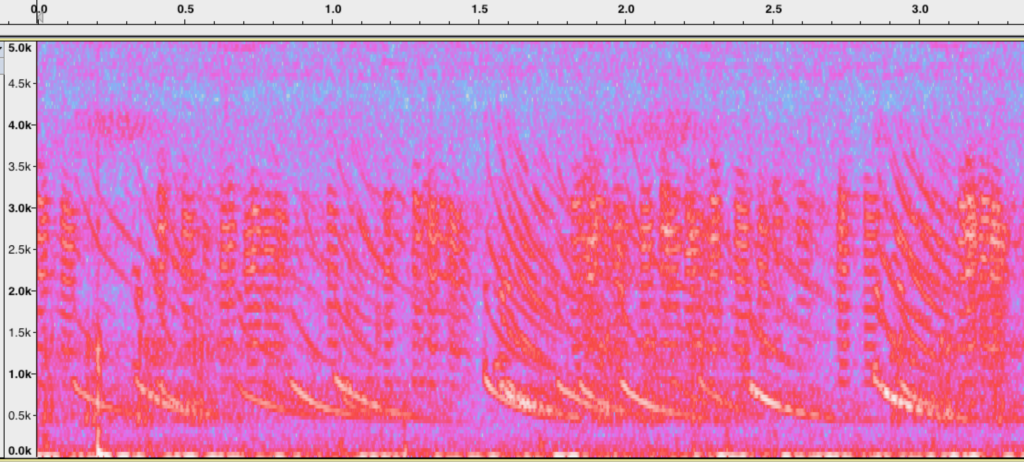
First Attempt
I had other plans and project ideas before arriving at DINACON, but I found myself continuously drawn to the sound of these frogs. I was completely ignorant of them at first, having no idea what their actual name was or anything about their behavior or even what they looked like. I just really liked the way they sounded and kept listening. Indeed these frogs sound like a laser beam from a video game, and since I have worked as a sound designer and synthesized laser beam sounds for video games, I thought “I bet I can synthesize these frogs!”.
My first attempt was a very quick patch using the ES2 synthesizer in Logic Pro. I did this based entirely on listening to the frogs before analyzing the spectrogram in detail. It captured the general gesture of the descending tone, but didn’t capture the timbre or slope of the glissando very well.
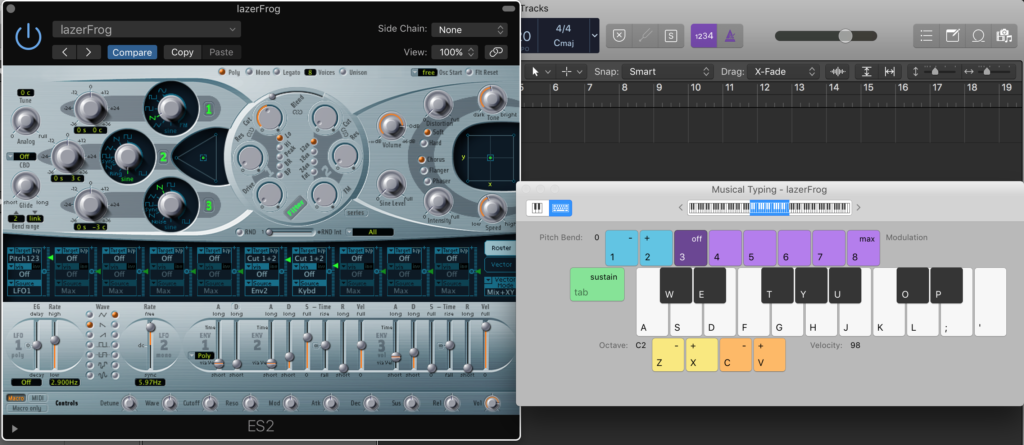
Making the Whine
Although the first attempt was not convincing enough, it was close enough to encourage me to continue on my quest to synthesize the frogs call. I began by inspecting an isolated call from one frog via the spectrogram in Audacity.
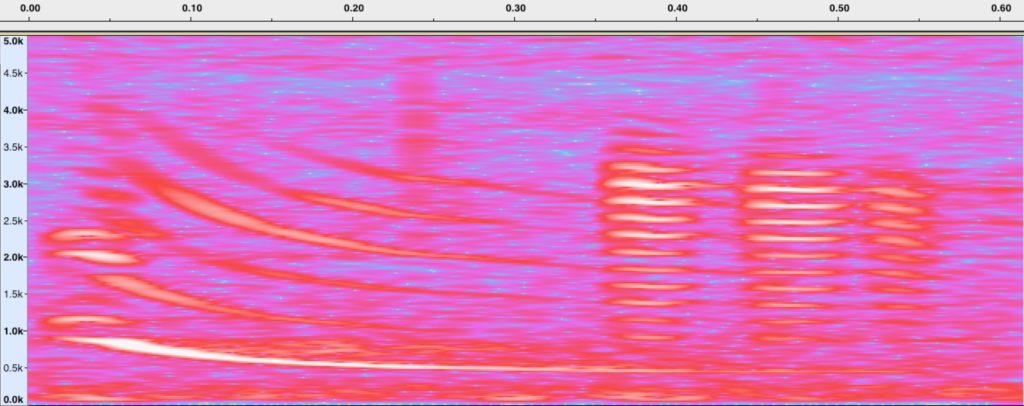
There are many noticeable things from this spectrogram that further inform what we hear. The first being that the frogs make not only this “laser” sound, but also have a percussive sound that follows it. At first I referred to these components as the “chirp” and “beep”, but after being clued in by some STRI researchers (thanks Amanda Savage!) I learned to use the terms “whine” and “chuck”. These are much better descriptions in my opinion.
I decided to use the SuperCollider programming language so that I had absolute control over the synthesis of this sound. The first area of focus was on creating a convincing “whine” using a bank of sine wave oscillators.
Looking at the spectrogram above we can see the “whine” portion of the call is a descending tone, starting around 1kHz and ending about an octave below. It also appears to have some harmonic overtones that decrease in intensity (up to about the 5th harmonic) Here is a recording and spectrogram of the first attempt in SuperCollider.
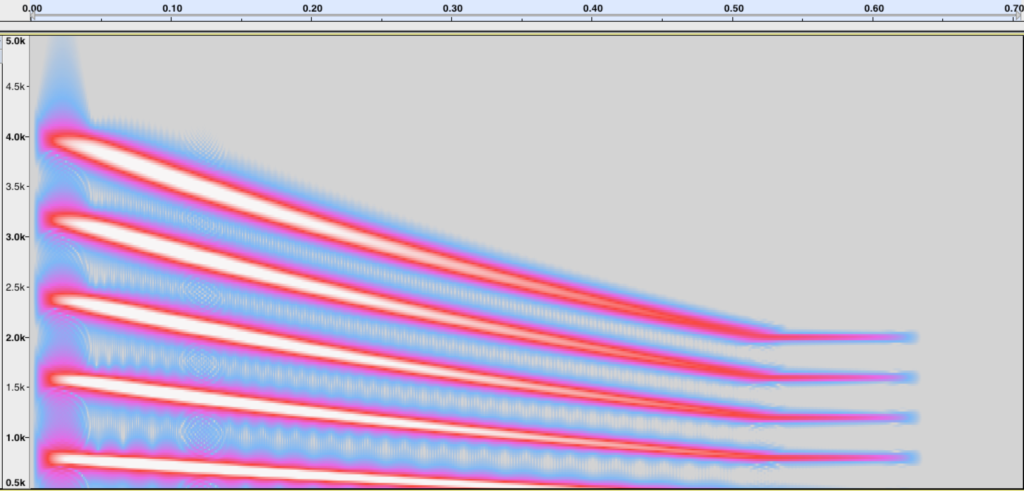
This was already sounding better, but by looking at the spectrogram of the synthetic whine some things are obviously still lacking. First, the slope of the glissando is still too linear, it needs to have more on a exponential (perhaps cubic?) curve to it. Additionally the upper harmonics are too strong and need to be attenuated relative to their ordinality. (The higher the harmonic, the less loud it is)
Making the Chuck
After a few more iterations of refining the whine, I moved onto the chuck.
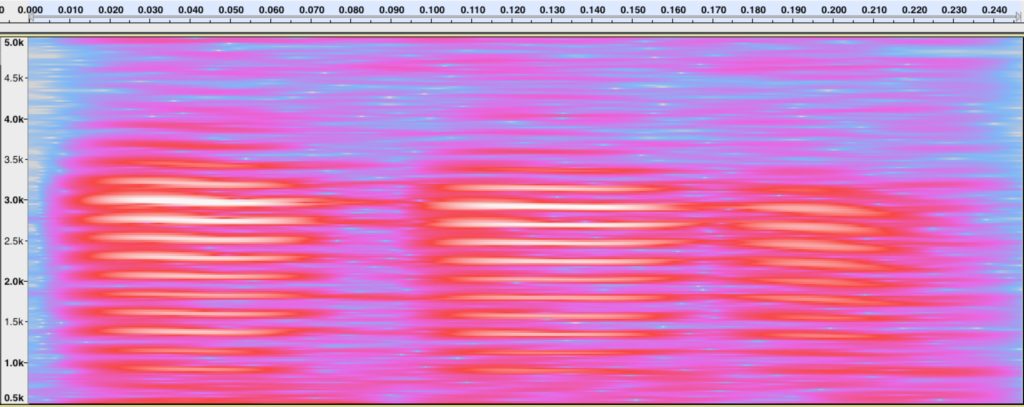
Looking at the chucks in the above spectrogram we can see partials at relatively even spacing. We could perhaps model this by using a harmonic tone with a fundamental frequency of ~200 Hz or ~250 Hz, with the fundamental and first few overtones missing. The chucks seem to have their highest peak around 2.75 kHz. Is this sound produced via some sort of formant resonance? What mechanism makes it seemingly harmonic but with a missing fundamental? This is unclear to me, but I can recreate the sound nonetheless!
This group of three chucks have different durations, and the last one seems to have a downward pitch contour but not nearly as pronounced as the whine. The first two beeps are approximately 50 milliseconds long, and the third is 40ms.
Using the same approach as the whine, I used a bank of sine wave oscillators to recreate the chuck. Below is a recording and spectrogram along with the synthetic whine.
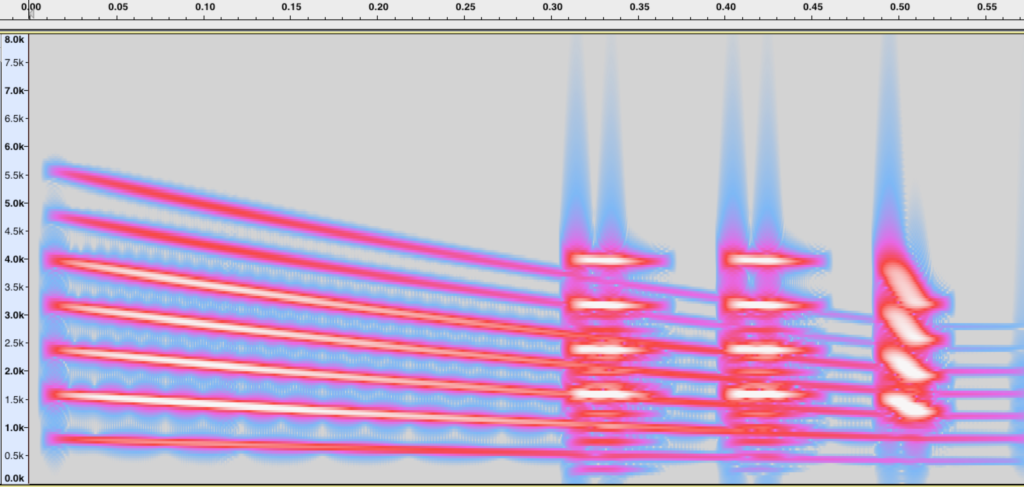
While the timing of the chucks is accurate, the tone is not convincing. I continued to iterate on the implementation until settling on the one below.
SuperCollider GUI Application
For presentation at Dinalab I put together a simple GUI application which allows the user to playback a recording of an isolated Túngara call and compare it to the synthetic whine and chuck. Additionally there are knobs to alter the pitch of both the whine and chuck to hear what GIANT or tiny Túngara frog might sound like.
Here is the audio of the final form the synthesizer took, there is still room for improvement of course.
Playback in the Field
In order to see if my synthesizer was effective at blending in with Túngara frogs in the field, I did some simple, not very well controlled tests on the streets of Gamboa.
Basically, I walked up to a pond where I heard Túngara frogs calling and they would usually stop calling as I approached. Then with my field recorder running I would play the synthesized call from my cell phone and wait to hear a response.
Here is the first trial (that loud percussive sound in the background is a Gladiator frog, I think) The synth is mostly in the left channel while the other frogs are mostly in the right.
After shuffling around a bit, the frogs got quiet and I tried again.
Now, can I conclusively say that the frogs responded to my call? I do not know, I am not a field biologist or experienced with phonotaxis studies, but the results of these simple tests seem promising. I think the frogs are buying my synthetic call.
Future Work
I really enjoyed working on this project and am very interested in improving the audio synthesis and application interface so that it is useful to researchers both in the field and the laboratory. If you study frogs, bioacoustics, phonotaxis or have interest in this project please get in touch with me, I would love more feedback.
From my perspective, the synthesis could still use some refinement. First, it could use better filtering of the whine, perhaps via a resonant filter based on accurate resonances of the frogs vocal apparatus? Additionally, more variability in chuck production would be useful. With more analysis of recordings and a bit more reading on the physiology of the chuck production I think I could better refine the synthesis.
Some final questions:
Perhaps I should port this synthesizer for use in a web/mobile app?
Maybe I could synthesize Gladiator (or other) frog calls?
What additional features would be useful?
Do you have comments, criticisms or any feedback?
Acknowledgments
First I would like to thank all the participants I met at Dinacon, and Dr. Andrew Quitmeyer for organizing the event.
Amanda Savage was very generous in talking with me about my project and in introducing me to the vast literature and research available on Túngara frogs.
References and Further Reading
Quick Guide – Túngara Frogs, Rachel A. Page and Ximena E. Bernal
The Túngara Frog: A Study in Sexual Selection and Communication, Michael J. Ryan
Complex Call Production in the Túngara Frog, M. Gridi-Papp
There are many, many more papers written about these frogs. They are certainly one of the most studied frogs in documented human history.
-Phillip Hermans
Very Good Listening
www.verygoodlistening.com
